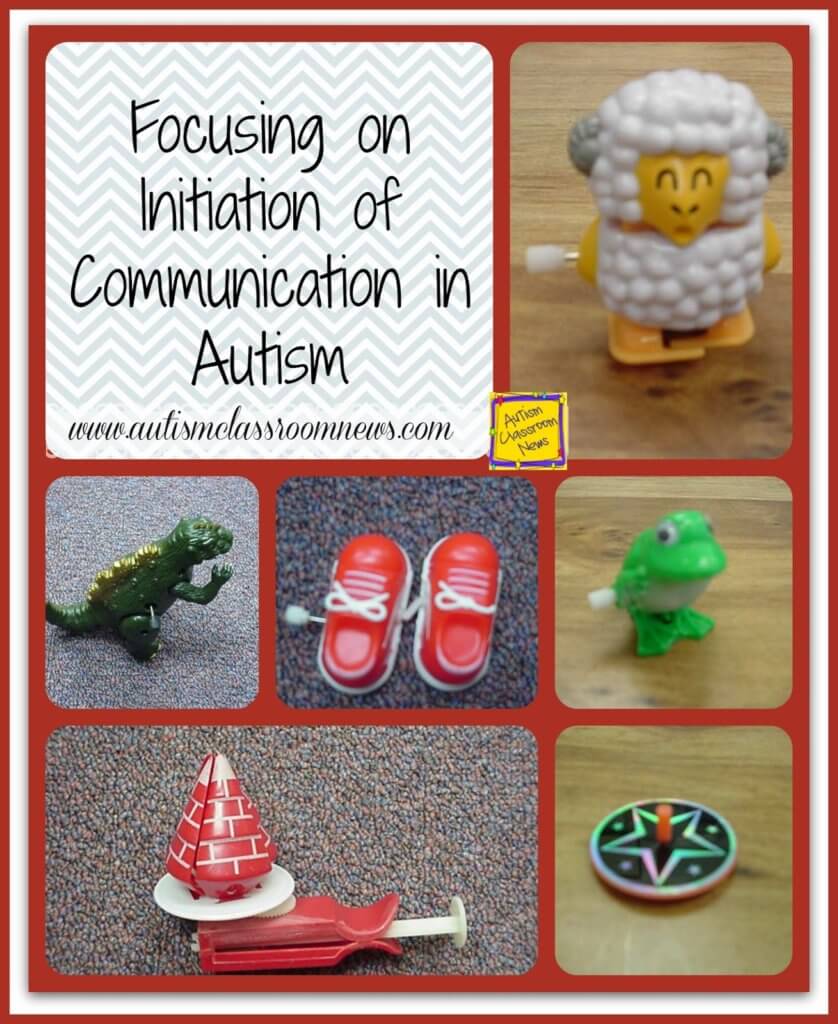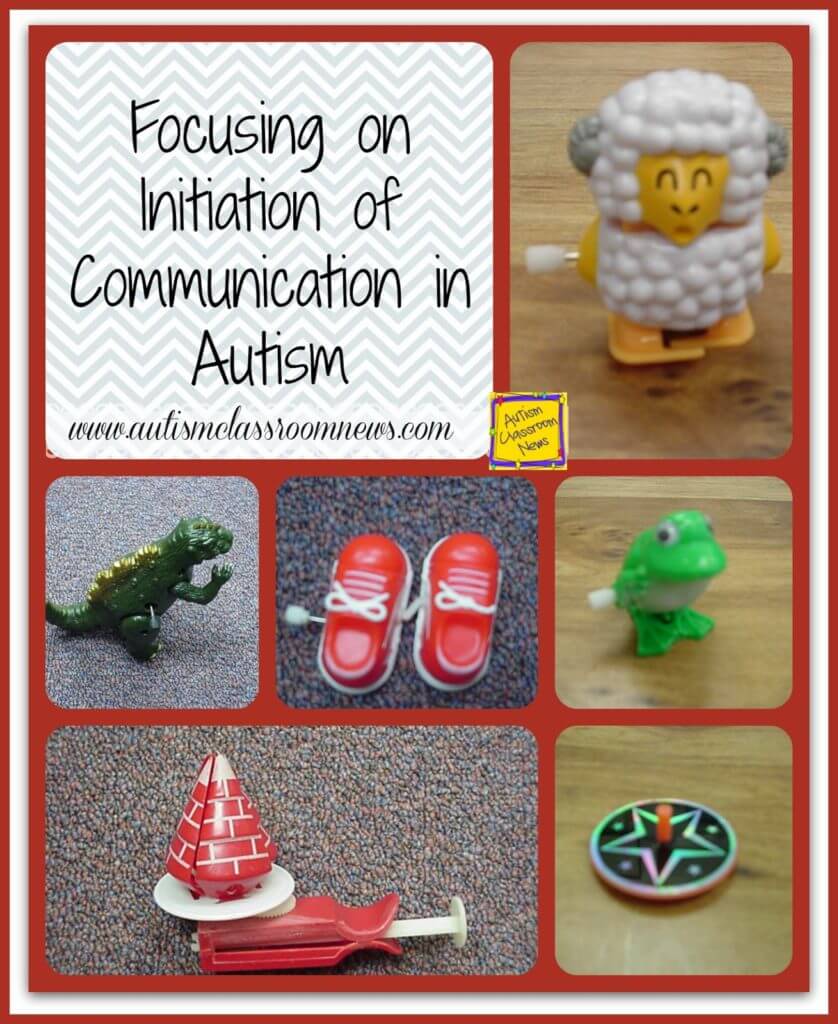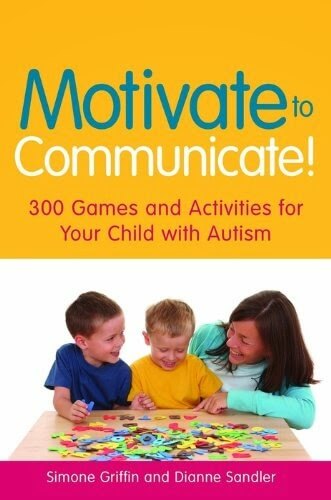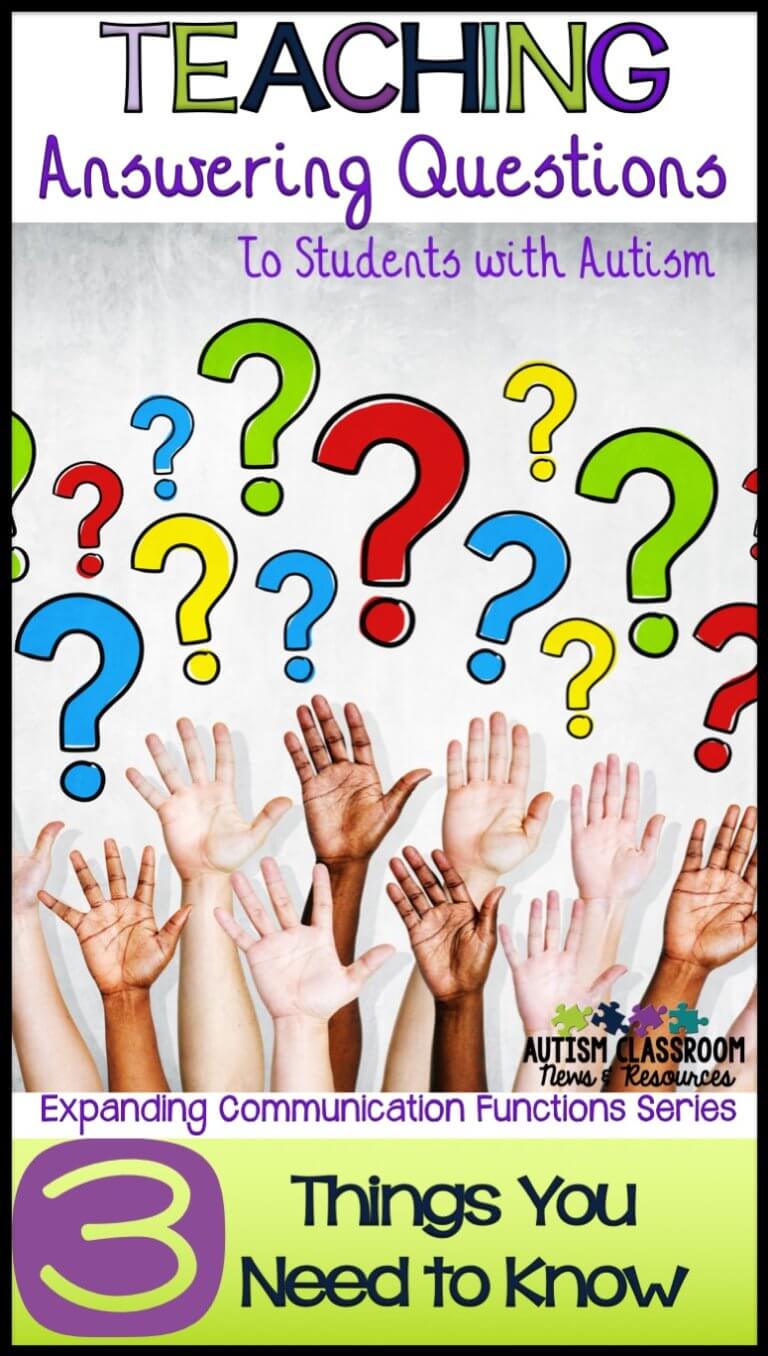Sharing is caring!
I mentioned in my previous post that one of the most important components of expanding expressive language and communication for individuals with autism is explicitly addressing initiation of communication. This take a variety of functions, but includes initiating requests, initiating protests, asking for assistance, and initiating conversation. Initiating communication is a lifelong skill that is critical to independent functioning. It is also one of the areas that is a specific deficit for many if not most individuals with autism, whether verbal or nonverbal. If I have the flu and don’t have the skill to initiate communication to ask someone to take me a doctor and I can’t drive myself, I’m going to have a problem. So, here are some ideas for creating opportunities to explicitly teach initiation.
This strategy goes by many names and while there may be some differences in the application of it for different fields, I’m of the mind that the essential elements (though the language used to describe them) are basically the same. So you will see it described as communication temptations, situational sabotage, natural environment teaching (NET), incidental teaching, Pivotal Response Training (PRT) and probably others I can’t think of at the moment. However, the focus of them all is the same: to create an opportunity that motivates the learner to communicate something.
First, decide what language skill you want to work on.
Do you want the student to request something he or she needs? Do you want him/her to comment on something (e.g., I see a dog before you turn the page of the book)? Do you want him/her to initiate a greeting? The situation you set up will depend on what the skill is you want to address.
Next, decide what form of communication you will accept.
Do you want to get one word for a request or would you settle for a gesture? For some students, handing you the bubbles to open would be sufficient to indicate they are trying to communicate. For others you might want them to say, “I want a turn with the bubbles” or “I want more bubbles please.” Determine what type of communication you are going for (making sure you have the needed supports like picture cards or switches programmed) and then encourage that.
Then create a motivating opportunity.
Find something that captivates the individual’s interest or something that he or she needs at that moment. Praactical AAC gives an excellent example of turning the heat on in a car in Florida to motivate the communicator to ask the driver to cool it down. Another one is to give small portions of something desired or needed. For instance, give a really salty snack and then either hold back on a drink or only give a very small portion of a drink so the learner has to ask for more. The toys in the picture above are great for communication temptations for young students (and sometimes for me) if they can’t wind up the toy or spin the top themselves. This creates a natural opportunity to communicate in some way to get more or assistance to make it go again. Bubbles are great for teaching “open,’ ‘help” or “more” in order to get them open.
Next WAIT expectantly.
This is the hardest part. I think waiting is the hardest part of any teaching but it is what creates the opportunity for learning, and in this case for the student to initiate. If we talk first, we ruin the opportunity. Waiting doesn’t mean just sitting there though. If the student isn’t responding, try shrugging your shoulders in a “I don’t know” to indicate you are waiting, or eat or play with the item in question (“um, popcorn is so salty!”), talk to another student about how cool it will be to blow bubbles (, or something similar. Just don’t ask, “What do you want?” or “Do you want more?” or “What do you see?” Then the student will be answering a question instead of initiating.
If you want a reminder to post in your classroom to help everyone remember to wait for communication, you can download this picture (without my website name on the bottom) for free HERE.
Give a prompt if needed.
If the student doesn’t initiate at the level you want, model what you want him or her to say or physically prompt them to give you the picture or the item to open, wind etc. Again, try to avoid asking, “what do you want” so that when you reinforce with the item, you are reinforcing at least prompted initiation rather than just responding. The key is to balance the student’s discomfort or frustration with the learning.
Jump in BEFORE the student gets too upset and prompt if needed. It’s a tightrope of trying to push them out of their comfort zone of others anticipating their needs but not so far out that they become frustrated or disinterested.
Finally, reinforce.
When the individual communicates in some fashion that is acceptable to your goal, you reinforce by giving them what they are working with or wanting. So if they ask for open with the bubbles, you blow bubbles. If they ask for a snack, they get a snack. If they comment on something, you respond and give them the item if it is something they like.
If you prompt the student, give him or her the item they asked for or the response they are looking for, but give them just a small bit. If the student initiates independently, give them lots of the desired item or response.
The beauty of this system is that you are capitalizing on the individual’s own motivation and they get reinforced by something they have demonstrated they are motivated by. Plus, the reinforcement is likely to generalize and maintain because it’s happening in the same way it would in the natural environment. The key to independence is to make sure there is a good, noticeable difference in reinforcement quality and / or quantity when the student is independent versus just a little bit to acknowledge the response when they need assistance. This makes it more likely that the independent responses will increase and prompted ones will decrease.
If you are looking for ideas about how to create these types of communication opportunities, this is an EXCELLENT book with many ideas to choose from. Click on the Shop Now button in the bottom right corner and it will take you to it on Amazon.
So, I hope this has given some ideas about ways to increase initiation. How do you create communication opportunities for initiation in your classroom?









